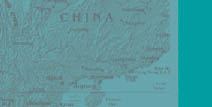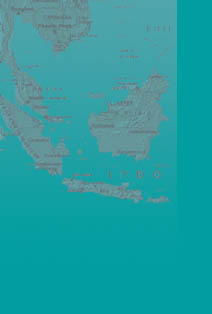



One of the lessons of the Piper Alpha disaster was to require Operators of North Sea facilities to submit a Safety Case that documented and demonstrated that the facility had been designed and constructed and was being operated and maintained such that the risks from a Major Accident Hazard emergency are as low as reasonably practicable - in a similar manner that had been required of onshore facilities and their Safety Reports for many years under the UK's Control of Major Accident Hazards (COMAH) Regulations.
CW International was at the forefront of developing offshore Safety Cases for the North Sea and then in transferring and translating the principals of Safety Cases internationally for the the last 20 years - as appropriate to the MAH risks, operational environments and HSE management cultures for the country and operations concerned.
More and more Governments are developing “Major Accident Hazard Regulations” essentially capturing the basic elements of the UK Safety Case and COMAH regulations, in particular the need for a Safety Case.
‘Simplicity’ and ‘fit for purpose’ to help achieve and demonstrate that risks are as ‘As Low As Reasonably Practicable (ALARP)’ are key phrases and the mainstay of CW International’s support for its Clients in the formulation, implementation and maintenance of their HSE Cases and Safety Reports. These typically comprise:
Description of Facility and Operations: To demonstrate and communicate an understanding of the facility and its operations and some of the HSE controls across them.
HSE Management System: Description of the facility HSE Management System compliant with ISO 14000, OHAS 18001, OGP Guidelines,
Risk Assessment: To demonstrate and record the identification of hazards inherent in the facility or operation and the inherent and controlled risks from these hazards. To include (or reference):
-
Hazard Register tabulating all identified hazards and their main control
-
Qualitative Major Accident Hazard Analyis” and “ALARP Assessment” backed up if necessary by full ‘Bow-ties’ detailing the hazards and controls and formally declaring risks to be ALARP
-
Particular Technical Studies as appropriate to identify, assess risks and controls e.g. HAZOPs, EERA, QRA etc.
HSE Critical Activities, Positions and Roles: To identify and communicate HSE critical activities and tasks to those needing to carry them out and how the Company ensures their competence to do so.
HSE Critical Equipment and Processes: To identify HSE critical equipment and how the Company ensures their effective operation and maintenance. Also HSE critical procedures and management processes to ensure they are properly maintained and applied.
Remedial and Improvement Action Plans: To identify gaps and other improvements in the system and specify, record and tracks agreed actions to fill those gaps, achieve those improvements.
CW International has been working on HSE Cases and supporting systems since the formulation of the UK “Safety Case Regulations” back in 1992 – initially for UK clients and then increasingly internationally.